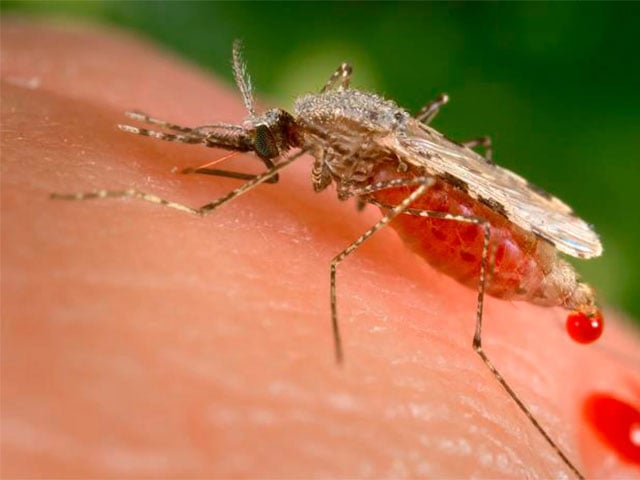Lusaka: A study has found that an important component in human body odor has a special attraction for mosquitoes.
A study conducted by the Johns Hopkins Malaria Research Institute and School of Medicine with the Macha Research Trust in Zambia sought to determine what characteristics of different human odors are attractive to mosquitoes.
For the research, a 20 by 20 mosquito cage was constructed in which hundreds of African malaria mosquitoes (the mosquitoes did not contain malaria germs) were kept. Eight individual tents were placed around the cage, which were connected to the cage in such a way that the human scent could easily reach the mosquitoes.
In the study, the researchers found that mosquitoes were drawn to human body odors that had relatively high concentrations of volatile carboxylic acids, including butyric acid.
According to a separate study published in the National Library of Medicine, butyric acid is a fatty acid that is made in the human stomach, but is naturally present in butter, cheese, milk, yogurt, and cream.
According to research, this acid can also be found in foods like cabbage and cucumber pickles.
According to the Johns Hopkins and Macha researchers, in contrast, objects whose odors were low in carboxylic acid and high in the monoterpenoid eucalyptol attracted mosquitoes less.
According to the American Chemical Society, eucalyptus is found in tea tree oil and hemp. According to PubChem, this compound is also found in mouthwash and cough medicine.
According to the co-author of the study, the results of the study could be used to disrupt the way mosquitoes find their prey and help stop the outbreak in malaria-affected areas.
(function(d, s, id){
var js, fjs = d.getElementsByTagName(s)[0];
if (d.getElementById(id)) {return;}
js = d.createElement(s); js.id = id;
js.src = “//connect.facebook.net/en_US/sdk.js#xfbml=1&version=v2.3&appId=770767426360150”;
fjs.parentNode.insertBefore(js, fjs);
}(document, ‘script’, ‘facebook-jssdk’));
(function(d, s, id) {
var js, fjs = d.getElementsByTagName(s)[0];
if (d.getElementById(id)) return;
js = d.createElement(s); js.id = id;
js.src = “//connect.facebook.net/en_GB/sdk.js#xfbml=1&version=v2.7”;
fjs.parentNode.insertBefore(js, fjs);
}(document, ‘script’, ‘facebook-jssdk’));



